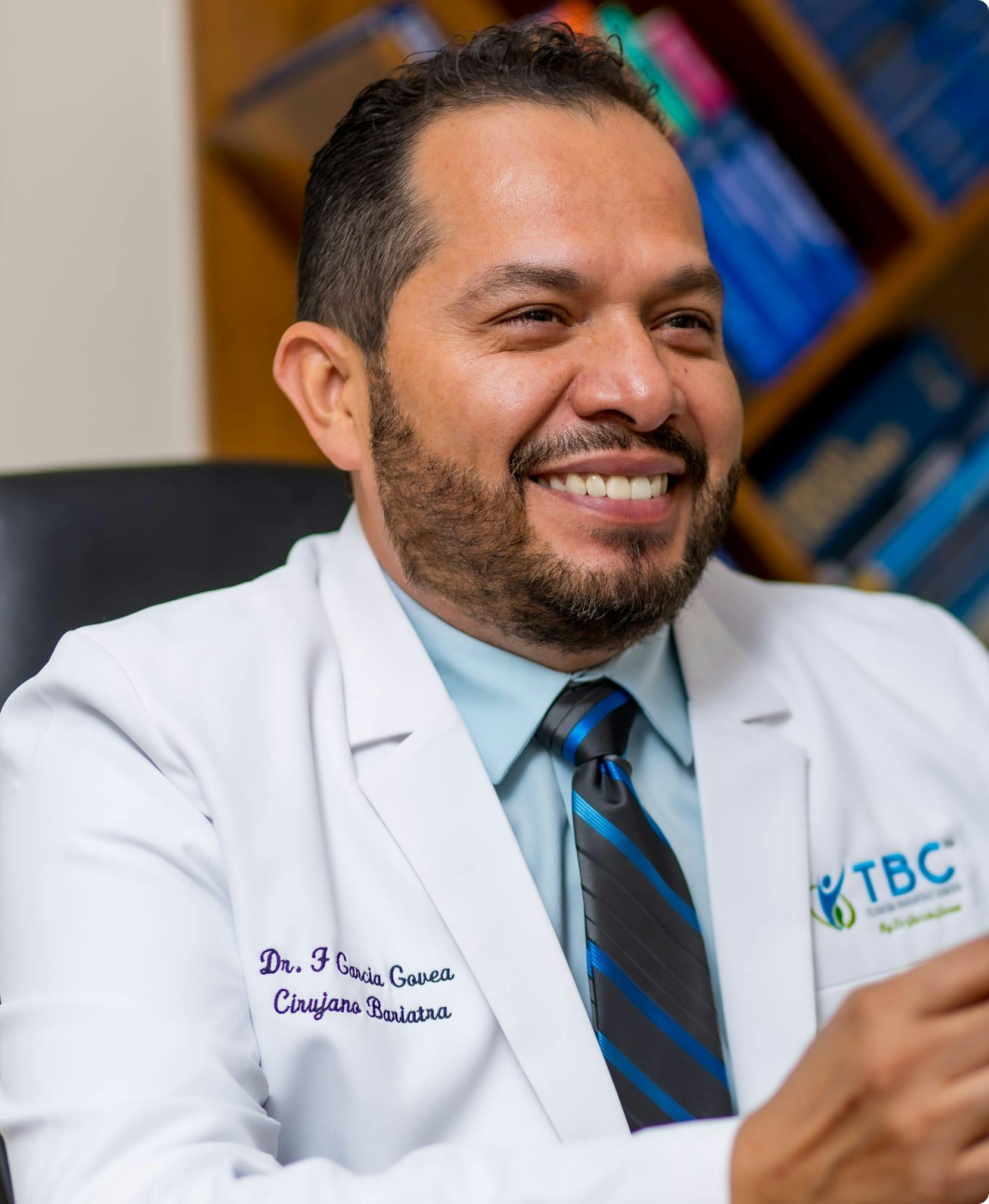Limited-Time Offer
All-Inclusive Gastric Sleeve Package
Starting at $3,750 USD
Available only for surgeries scheduled between June 23 – June 26
Available only for surgeries scheduled between June 23 – June 26


Dr. Garcia has over a decade of expertise in his field and has performed more than 10,000 successful bariatric procedures. Thousands of these have been revisions, as he is a verified expert when it comes to reversing failed bariatric surgeries. He is known to take on the most difficult and challenging cases, believing that every patient deserves to live life free from debilitating obesity and its associated health concerns.
Dr. Garcia has a prestigious training background, having completed multiple Fellowships in gastric sleeve surgery, minimally invasive gastric bypass surgery, and LAP-BAND procedures. He obtained his Licensed Physician Degree from Universidad Michoacana de San Nicolás de Hidalgo after completing a demanding residency in General Surgery at Hospital General (General Hospital), endorsed by Universidad Autónoma de Baja California (UABC). Dr. Garcia serves as a professor of Advanced Laparoscopic Surgery at Universidad Autonoma de Baja California and has been on staff for over a decade at the Instituto Mexicano del Seguro Social.


Bariatric surgery revision on prior procedures, including gastric banding, gastric sleeve, and gastric bypass, are the ones we most commonly perform at Tijuana Bariatric Center. A study of nearly 41,000 bariatric procedures over ten years indicated the following conversion or revision surgery rates:
If revision bariatric surgery is necessary, Dr. Garcia will work with you to identify the most suitable treatment. While the same procedure can be performed again to refine your results, bariatric surgeons usually recommend a different weight loss procedure. We thoroughly educate our patients on the benefits and risks of each procedure and we are happy to answer any questions you have. All patients have the right to as much information as possible to make informed decisions about their treatment.